Rising Labor Costs
The escalating labor costs in the construction sector are likely to drive the adoption of dry construction methods in the United States. As skilled labor becomes increasingly scarce and expensive, construction companies are exploring alternative methods that require less labor input. The dry construction market offers solutions that can mitigate these labor challenges, as many dry construction techniques are designed for quicker assembly and reduced workforce requirements. Recent statistics indicate that labor costs in the construction industry have risen by approximately 15% over the past five years. This trend suggests that builders may increasingly turn to dry construction methods to maintain profitability while meeting project deadlines.
Increased Urbanization
The ongoing trend of urbanization in the United States appears to be a significant driver for the dry construction market. As more individuals migrate to urban areas, the demand for housing and commercial spaces intensifies. This urban influx necessitates efficient construction methods, which dry construction techniques can provide. The dry construction market is likely to benefit from this trend, as it offers faster build times and reduced labor costs. According to recent data, urban areas are projected to house approximately 85% of the US population by 2030, further amplifying the need for innovative construction solutions. Consequently, the dry construction market is positioned to meet the increasing demand for sustainable and efficient building practices in densely populated regions.
Advancements in Material Technology
Innovations in material technology are poised to significantly impact the dry construction market. The development of new, lightweight, and durable materials enhances the efficiency and effectiveness of dry construction methods. These advancements allow for quicker installation and improved performance characteristics, such as better insulation and fire resistance. The dry construction market is likely to benefit from these technological improvements, as they align with the growing demand for high-performance building solutions. For instance, the introduction of advanced gypsum boards and insulation materials has revolutionized the way structures are built, making dry construction an increasingly attractive option for builders and developers.
Consumer Preference for Customization
The evolving consumer preference for customized living and working spaces is emerging as a key driver for the dry construction market. As clients seek unique designs and personalized features, the flexibility offered by dry construction methods becomes increasingly appealing. The dry construction market can cater to these demands through modular and prefabricated solutions that allow for greater design freedom. Recent surveys indicate that over 60% of homebuyers express a desire for customizable features in their new homes. This trend suggests that builders who adopt dry construction techniques may gain a competitive edge by offering tailored solutions that meet the specific needs of their clients.
Regulatory Support for Energy Efficiency
Regulatory frameworks in the United States increasingly emphasize energy efficiency and sustainability, which may bolster the dry construction market. Government initiatives and incentives aimed at reducing energy consumption in buildings are becoming more prevalent. The dry construction market stands to gain from these regulations, as many dry construction materials and methods are inherently energy-efficient. For instance, the implementation of the Energy Policy Act has led to a surge in demand for energy-efficient building materials, which aligns with the principles of dry construction. This regulatory support not only encourages the adoption of dry construction techniques but also enhances the market's growth potential, as builders seek to comply with stringent energy standards.


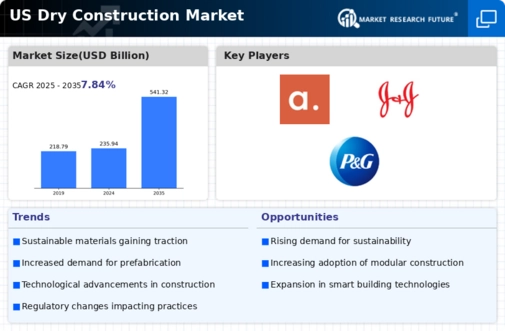
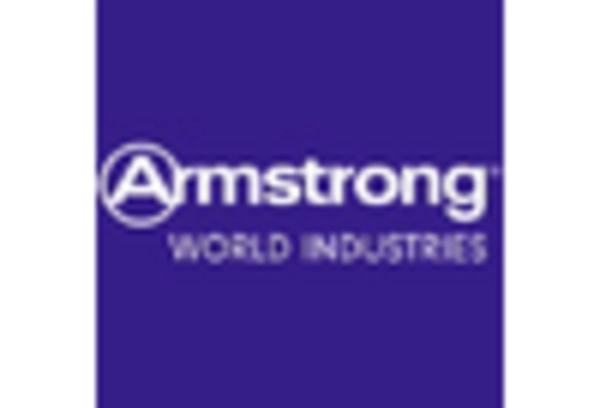
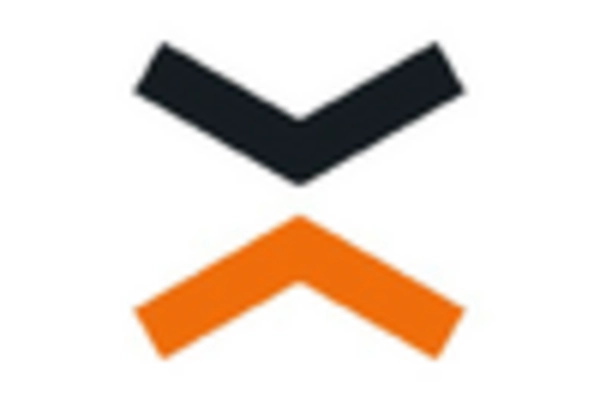
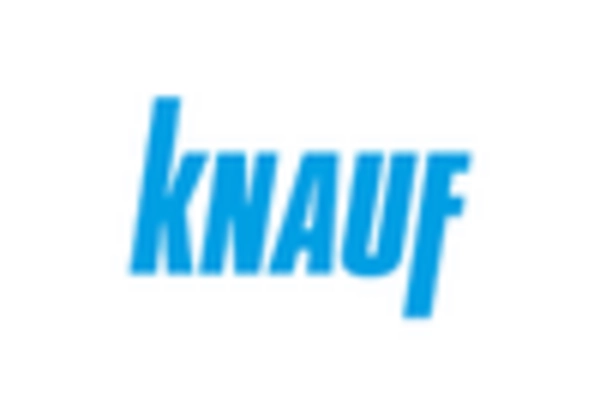
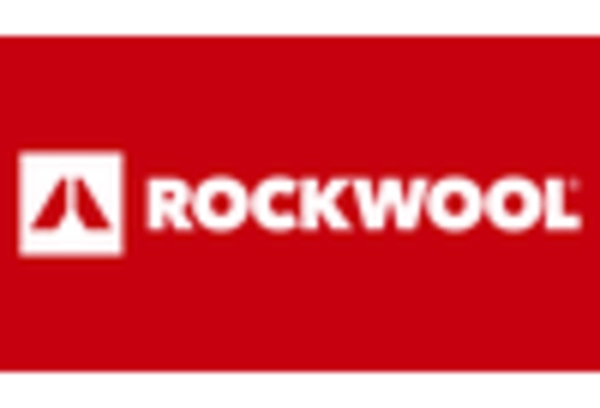
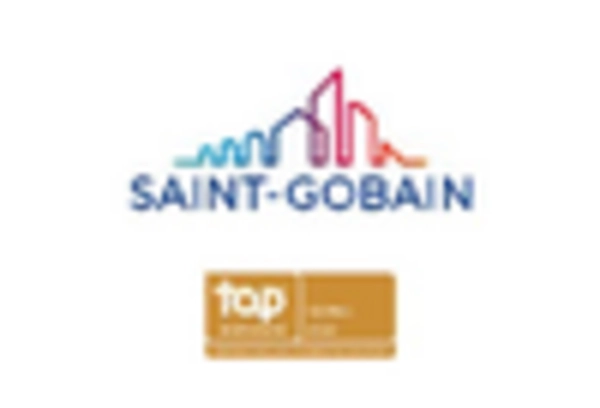
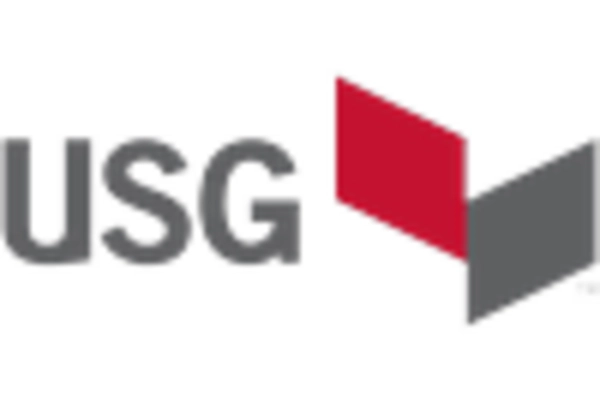








Leave a Comment